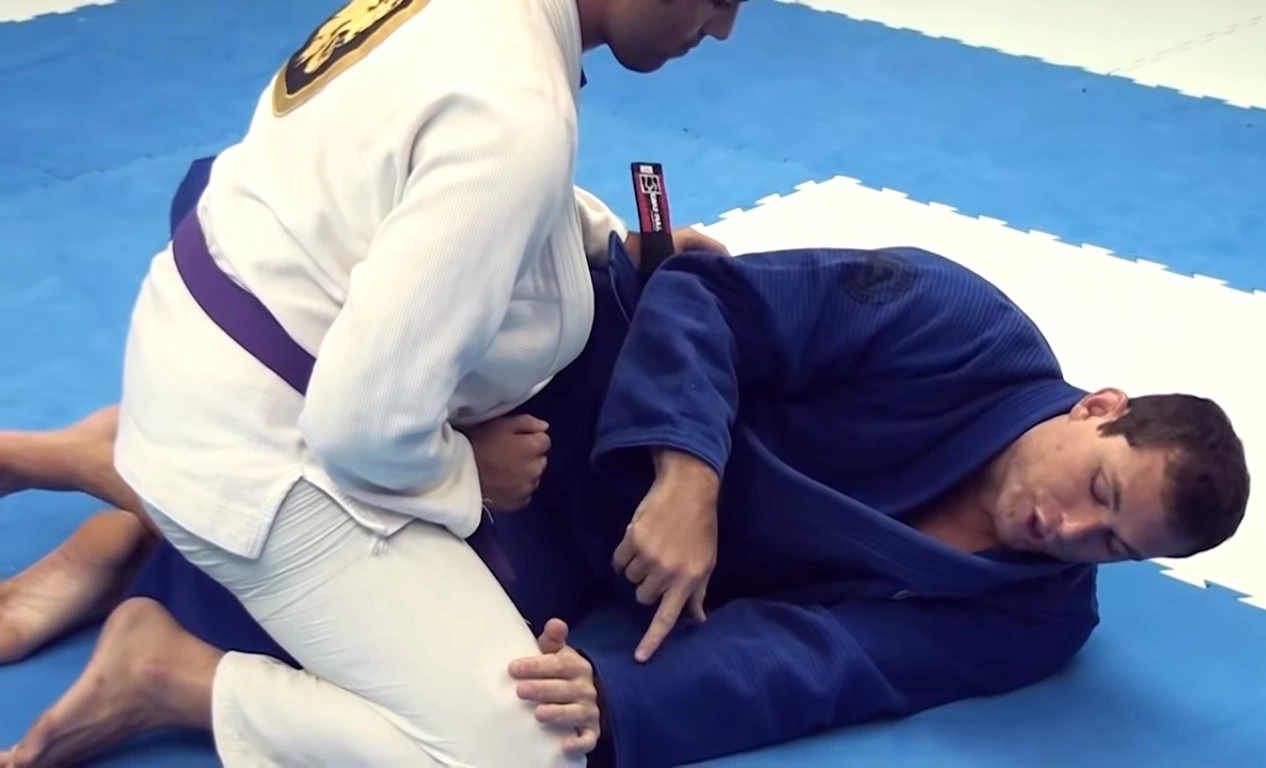If you are a grappler or you want to become a grappler, you might have heard of the submission styles and methods that are used by famous players. These submission styles are very technical and they require a lot of work and BJJ Game, even a simple technique needs a lot of years for perfection.
According to BJJ Game trainers, the idea of starting a BJJ training is there but you can never end the training because there is so much that you need to learn that you cannot put this into a box or add a time bracket to it. Even professional players and fighters in the industry have a regular workout and practice session where they work on their weaknesses and perfect their overall work further.
One of the basic ways grapplers acquire submission is through locks and cokes. Most people are familiar with these styles but very few can understand the basic difference. As the name indicates, the lock and chokes are two different ways that are used for paralyzing the opponent and acquiring the submission, but they are quite different.
Beginner’s Guide
For the beginner who is trying to figure out how to get started in this and wants to know what is the difference and how both can be differentiated, it is very easy. To help the beginners get into detail, we have mentioned a complete detail of various types of locks and chokes along with how both styles are different and which one can help you win the fight. If you do want to win a BJJ game, the recommendation is to start with the basics: you need to get your kit ready first. You can’t do without it. Then you will need to attend classes as much as you can. It can be helpful to pack all of your kit into a large backpack to bring with you. This will be perfect if you end up heading all over the country to compete in tournaments. Pick up skills and techniques in class and do additional reading, just like this article.
What Is the Difference Between Lock And Choke?
One thing that is similar between both styles is that they are used for restricting the movement if you pressurize the opponent on the upper body or neck region to block the circulation of blood and restrict the movement of upper and lower limbs to make sure the resistance is minimum. On the other hand, when we talk about the lock, they are all limited to the lower body or leg region.
We have different locks that restrict the lower body movement in the fighter and this helps in gaining submission. If we look at the complexity, there are two different things. If we try to understand the choking styles, we will see that it takes a lot of time to perfect them because you are handling a very sensitive part of the body. If you pressurize the neck region too much, you might end up choking the individual too much, which can cause some serious damage. On the contrary, a lock might not cause death but it can cause serious and permanent damage if you end up pulling too much on the limb.
Arm Triangle Chokes
This is the choke that requires you to use the limb of your opponent and yourself to choke the opponent so you are using the body of your opponent for your defense. In short, you will be pressuring one side of the beck and the other side of the neck gets the pressure from the shoulder of the opponent so it gets quite easy. In short, this combination of pressure is easy to retain and very common.
Rear Naked Chokes
This is a very famous choking style and you might have seen that in BJJ mostly. The most effective thing is that the choke is applied from the back and this gives the surprise element that can help you win the game as well. One arm is placed near the neck and then the crook of the elbow is used for pressurizing the other person, the shape is just like figure 4, and you are good at it, this will only take a few seconds.
Leg Triangle Chokes
Leg triangle chokes are very different from the rest of the choking styles, you will be using the legs instead of the arms and this will give you a very interesting take on BJJ Game. You need to start by placing one leg over the shoulder and then passing the other leg through the armpit. This will help you trap the upper limb and just in a few seconds you will be able to make your opponent completely paralyzed.
Lapel Chokes
Lapel choke is not very common in BJJ or MMA, rather it is common in GI Jiu-Jitsu. However, it is quite effective and you need to use GI and entangle the neck and finally apply a blood choke. You might be able to find so many different variants of this choke if you look up and there are so many different methods as well. Collectively they are important and if you are familiar with bow and arrow choke, that is also a variant of lapel choke.
Guillotine Chokes
The guillotine choke is a very famous choke that has derived its name from the Guillotine style of execution. The head and neck region are in a full lock system and if you see from a stance you might not be able to see the opponent. There are so many different variants of this style as well and if you practice it, this can become a great tool for you.
Types of Leg Locks
Just like chokes, there are different kinds of leg locks that can help you acquire submission. Unlike chokes, the locking style is different and this time to focus is not the neck, instead, it is the leg region. One thing that most people do not understand is that leg locks are equally dangerous, if you know the technique you will be able to win the game with the help of a leg lock. However, if you are not skilled enough, you might end up pulling too hard, which can cause permanent damage and the opponent might end up with an injury as well.
Straight Ankle Lock
If you have heard of the Achilles heel, you might be surprised that this lock style is called Achilles’ lock. This is one of the basic legs locks that fighters learn and it is very simple to use. Additionally, if you are a newbie, this is considered vital among newbies.
Kneebar
This is a very effective yet very straightforward lock that is easy to use. Just like an armbar, the kneebar is the same technique but different is used. Where you use an armbar for the neck, a kneebar is for the legs. You will learn to use the kneebar as the level that will help you apply forces on the Achilles tendon and the ball of the heel, as a result, you will get the grip stronger and complete control.
Calf Slicer
Calf slicer as the name indicates is a pretty scary and useful method of controlling your opponent but if you think it is just the same as any other leg lock, you might be in for a surprise. This kind of leg lock is used only when your opponent has attacked you for escaping any leg lock that you have already administered. In short, this will work as a backup plan in case the first was not so effective. As the opponent tries to shrug it off, this will become a way to help you control him even more.
Heel Hook
If you want to learn just one leg lock, this might be it, heel hook is considered the best lock in town. This the lock that will help you control the ankle and the knee of your opponent. However, there is just one bog issue, you will not be able to learn this leg lock unless you are a brown belt so this is a way of understanding that you are not there yet. We have seen most professionals use this technique and since it is considered to be difficult, this might explain why most beginners do not use it.











